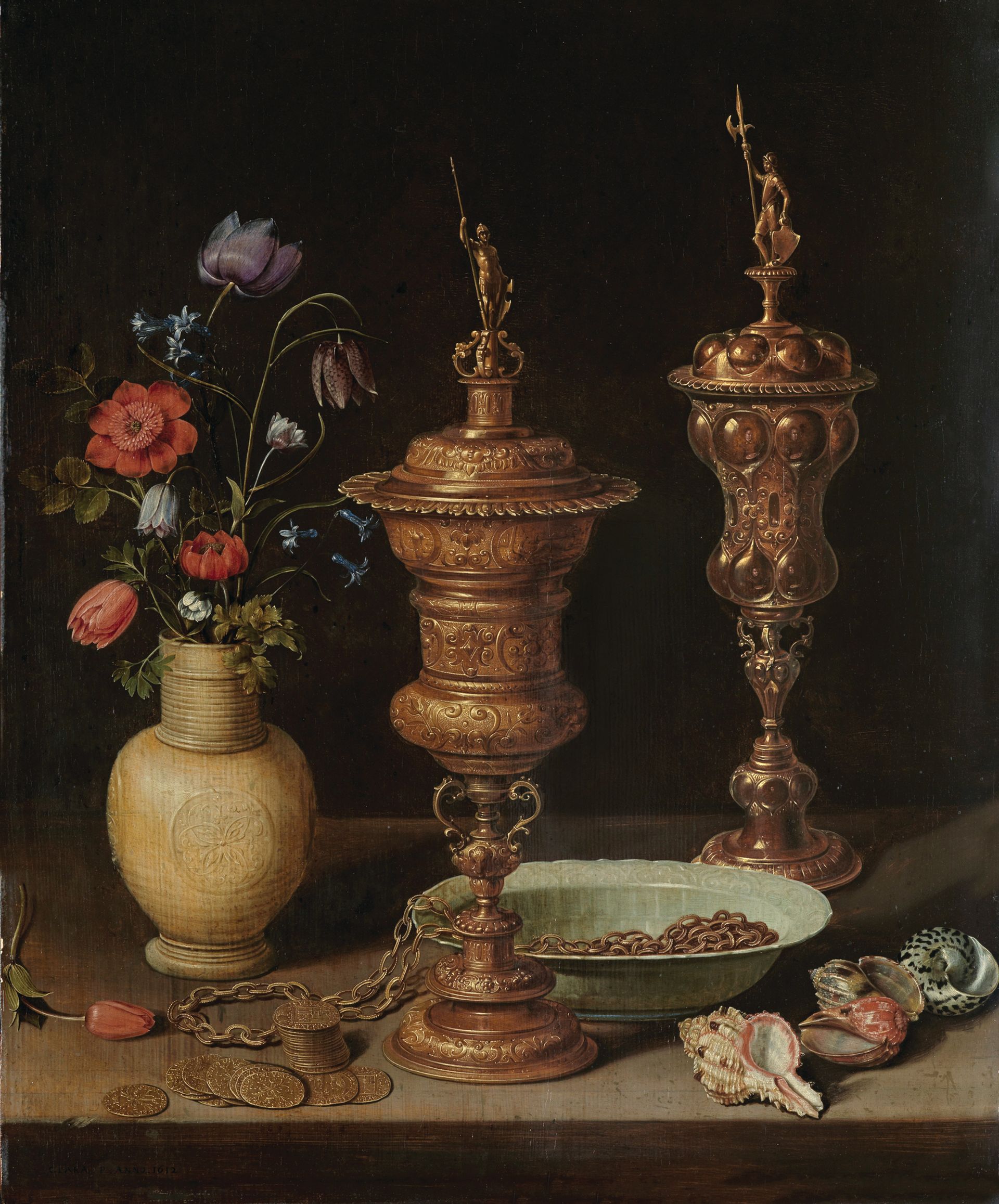The 200-year-old Museo del Prado in Madrid unveiled its first exhibition dedicated to a female artist today, 25 October (until 19 February 2017). The Art of Clara Peeters, which travels from the Royal Museum of Fine Arts in Antwerp, is a display of 15 still-lifes by one of the few women to work as a professional painter in 17th-century Europe. The Flemish artist is among just 41 women to be represented in the Spanish museum’s permanent collection (compared with more than 5,000 men).
The modest one-room show reflects a slender, scantily documented oeuvre. Born in the late 1580s in Antwerp, Clara Peeters was a contemporary of the Jan Brueghel the Elder, Peter Paul Rubens and Anthony van Dyck. She is named by a number of historical accounts as a painter based in Antwerp, though she was not a member of the city’s official guild. Only 11 of the 39 works attributed to Peeters are dated, the earliest of them to 1607 and the latest to 1621. She was, however, a pioneer of the still-life genre—the first artist to depict fish and hunting game as a main subject, according to the Prado—who sold her paintings through dealers to collections in Rotterdam, Amsterdam and Madrid.

The exhibition, which includes six works from private collections and four from the Prado’s own holdings, offers fleeting glimpses of Peeters herself. The artist painted miniature self-portraits reflected in the polished tableware of her meticulous still-lifes. In the Prado’s Still Life with Flowers, Gilt Goblet, Almonds, Dried Fruits, Sweets, Biscuits, Wine and a Pewter Flagon (1611) she appears in a headdress and ruff reflected in the flagon, while in Still Life with Flowers, Gilt Goblets, Coins and Shells (1612), from the Staatliche Kunsthalle in Karlsruhe, she holds up her brushes and palette.
The exhibition is sponsored by Fundación AXA.

